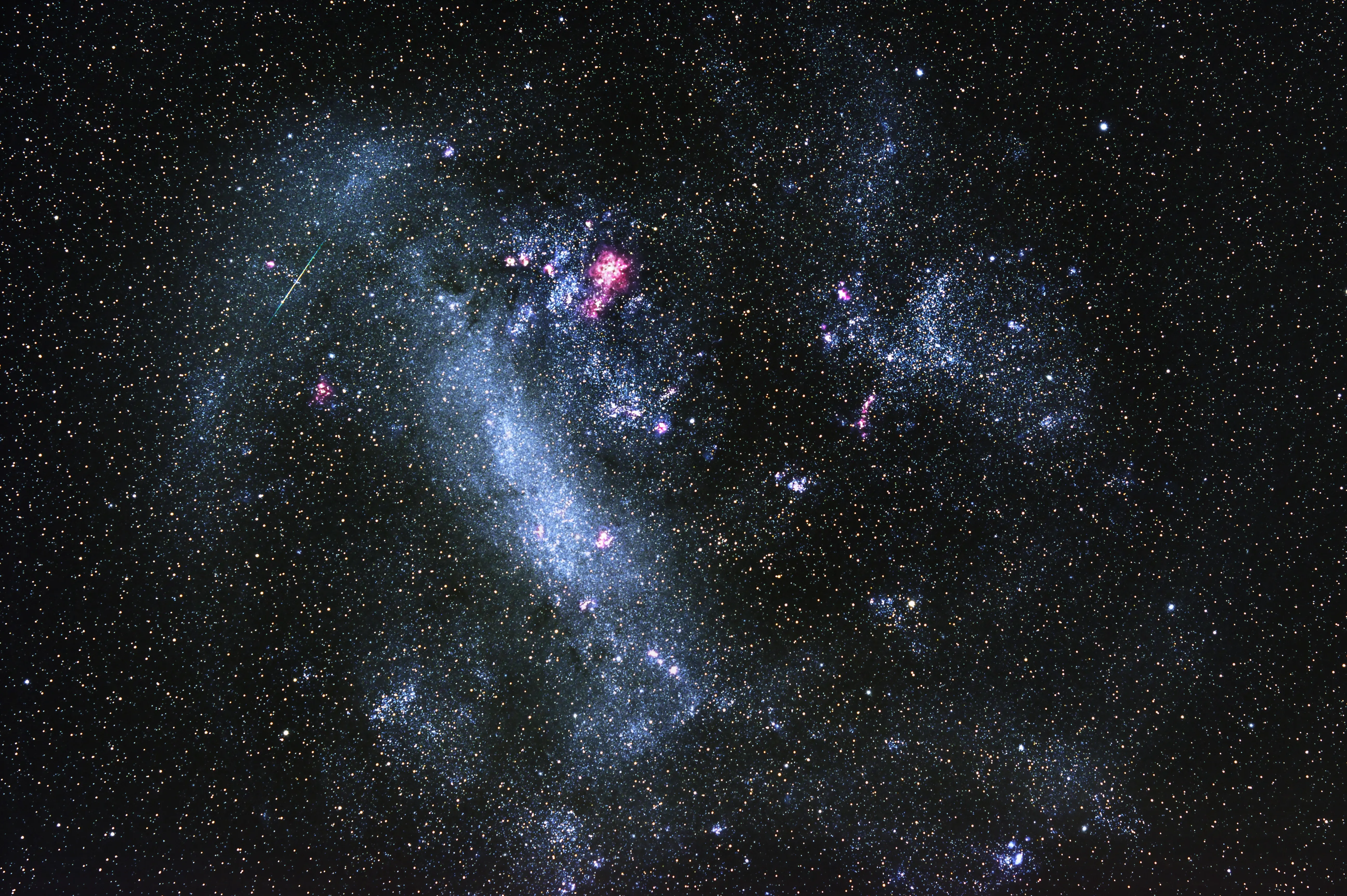The Big Five of the African night sky
The star-studded southern sky is a celestial oasis for both the beginner and avid star gazer alike. Winter in Africa is Milky Way season, with the great spiral arms of our galaxy steepling overhead during the cold dry evenings, offering unparalleled views of some staggeringly beautiful objects.
Many of these celestial phenomena are visible to the naked eye (if you know where to look) and with a simple pair of binoculars. It is a misconception that a large telescope is required to enjoy these objects, and the truth is that a pair of birding binoculars and some imagination are all that is needed to explore the wonders of deep space from your own back yard.
There are many weird and wonderful objects to find ranging from groups of baby stars that are just embarking on their stellar journeys, clusters of stars nearly as old as the Universe itself, great clouds of glowing gas spanning light years in size and even alien galaxies. The list of southern hemisphere showstoppers is extensive but we have chosen our top 5 for readers to check out. Read on to learn about our Big Five of the African Night Sky.
1. Rigel Kentaurus
Alpha Centauri, officially named Rigel Kentaurus is the brightest star in the constellation of Centaurus. This large constellation represents the wise and compassionate Chiron, a great teacher to the Greek gods, who gave up his immortality in exchange for Prometheus’s freedom.
Rigel Kentaurus is famed mostly for being the closest neighbour to the Sun. Close is a relative word however since the star resides over 4 light years away from us. This means that Rigel Kentaurus is an unfathomable 40 trillion kilometres from us and anyone ambitious enough to take the trip in a modern-day passenger plane will have to travel for 5 million years to reach it!
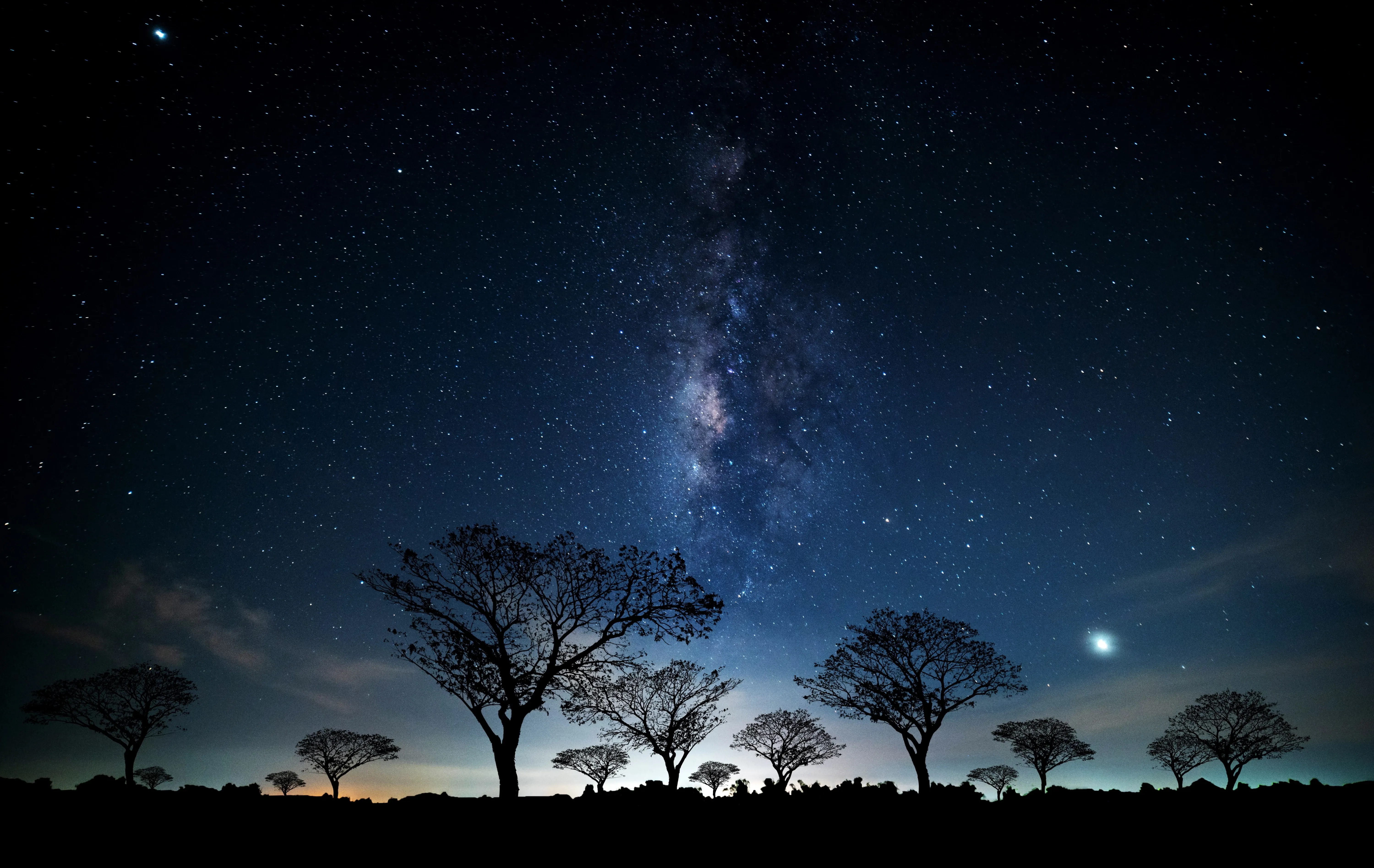
However, seen through a small telescope, the star’s true nature is revealed. The star is not one star, but 3 stars, 2 of which can clearly be split with amateur equipment. Double, triple and even quadruple stars are not uncommon in our galaxy and perhaps the only unusual thing about our Sun is the fact that it is alone. Imagine what our sky would look like with 2 or 3 Suns! The closest of the 3 is Proxima Cenaturi, a red dwarf star that is too small to be spotted visually, but astronomers have recently discovered an exoplanet orbiting around it that is within the habitable zone of the star.
2. The Magellanic Clouds
Also known as the Cape Clouds, these diffuse white patches in the sky resemble their namesake but never seem to move or dissipate. The 2 clouds are in fact dwarf galaxies slowly drifting past our Milky Way, the combined light of their millions of stars causing them to glow like ghostly patches of mist against the inky blackness.
The large and small Magellanic clouds are situated between 160,000 and 200,000 light years from us but despite this they are being drastically affected by our gravity and distorted into irregular shapes. There is still some conjecture as whether the galaxies are merely passing us by, or if they will become entangled and eventually merge with us millions of years in the future.
Undoubtedly, the most amazing feature is the large Magellanic cloud’s gargantuan Tarantula Nebula. This massive area of star formation can be seen with the naked eye as a hazy white spot, despite its incredible distance. The nebula is a stellar nursery where great clouds of elements are collapsing, creating new stars that will soon leave the safety of their stellar incubator and begin their independent lives. The Tarantula is so called due to the tendril-like arms of dust and gas that can be seen radiating from its centre through a telescope.
3. Eta Carina and the Eta Carina Nebula
The Eta Carina Nebula is an enormous region of star formation within our galaxy. The area is so large that it can only really be appreciated in binoculars or a very low powered telescope but its diffuse glow can easily be seen with the naked eye close to the asterism known as the False Cross in the constellation of Carina. Thousands of distant baby stars are being born within this nebulous womb and it is their highly energetic nature that causes the surrounding dust to be ionised and glow.
It is named after one of the largest and most energetic stars in the Milky Way, Eta Carina. Currently the star is only just visible to the naked eye, but in 1842 it was the 2nd brightest star in all the sky. Due to its massive size (more than 2 billion kms in diameter) Eta Carina is unstable and is thought to be one of the most likely candidates to destroy itself as a Supernova in the future. It is this instability that causes the variable nature of the star and affects its apparent brightness as viewed from Earth over time.
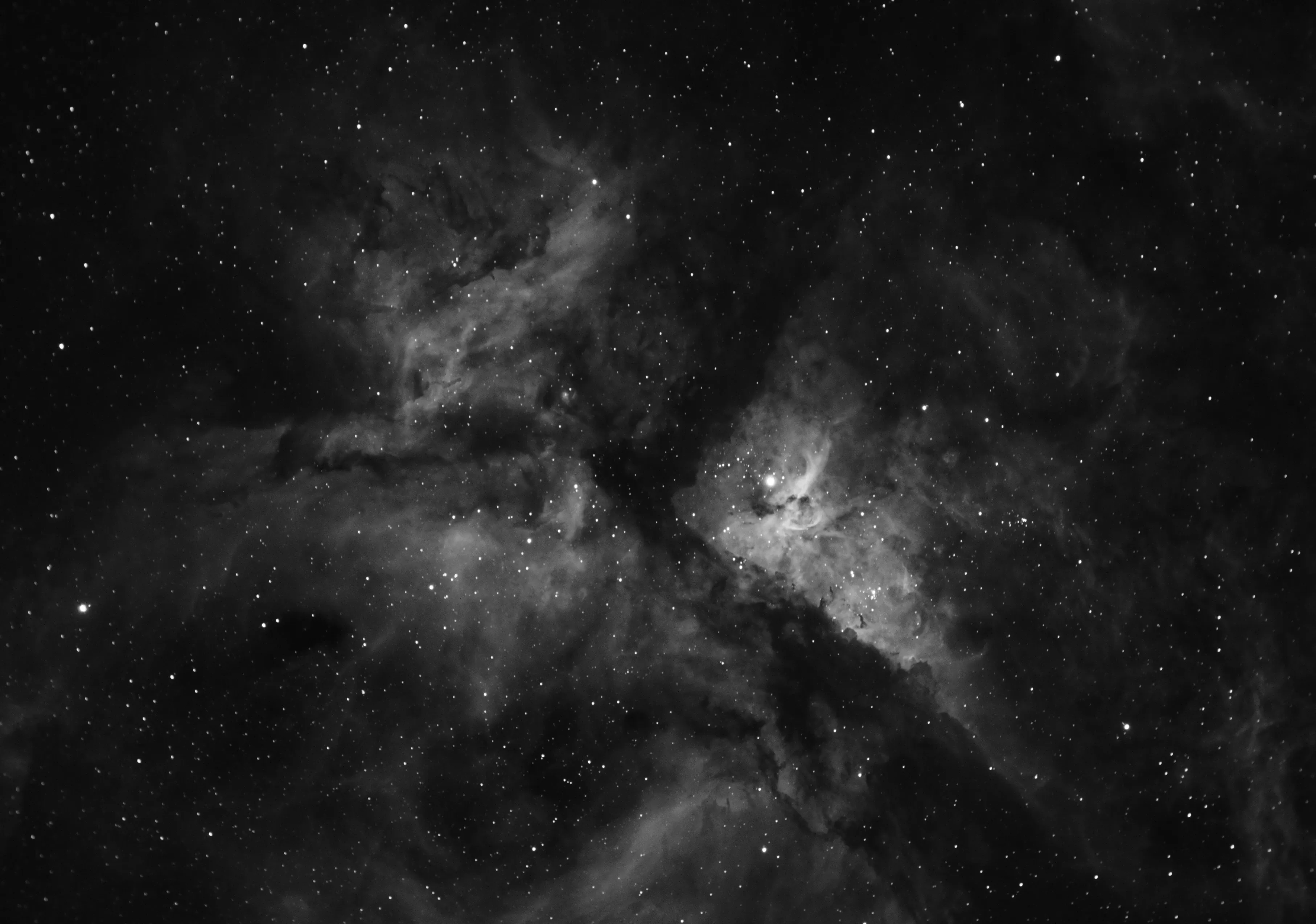
Should we be fortunate enough to witness this event in our lifetime, the explosion would be so bright that it would be visible during the day time for a number of weeks and lit up the night sky like a full moon for more than a year. However, it may of course already have happened… Since Eta Carina is situated over 7,000 light years away, we will only know the star’s fate when the light finally travels across this vast distance of space and eventually reaches us here on Earth.
4. Omega Centauri
Omega Centauri can be found in the constellation of Centaurus and is a huge ball of ancient stars suspend in the outermost reaches of our galaxies. Residing at over 17,000 light years away, this great globulous sphere glows so brightly that it can be seen with naked eye even under light polluted skies.
Around 200 of these objects are thought to exist in our galaxy but Omega Centauri is by far and away the biggest and brightest of them all. It is estimated to contain over 10 million stars dated at around 13 billion years old, meaning that these stars are some of the earliest to have been created. Their lonely position on the edge of the galaxy has meant that they have avoided disturbance for billions of years and thus offer astronomers a window into the early conditions of the Universe.
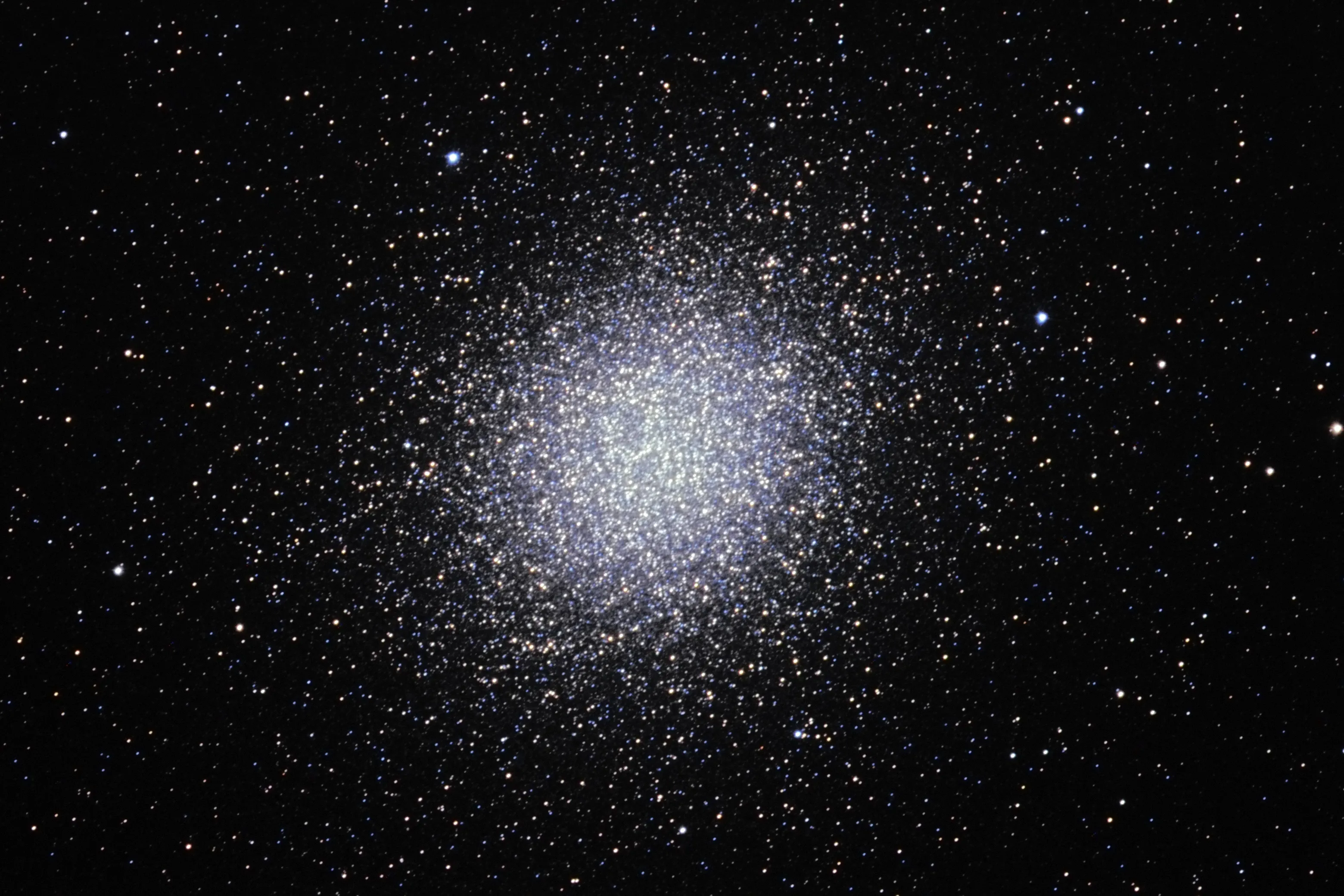
Not only is Omega Centauri an incredible sight through binoculars and especially telescopes, its perceived origin is even more spectacular. Everything in space rotates. The whole galaxy is spinning at around 250km/second and therefore most celestial objects follow the same path; but Omega Centauri is travelling in the opposite direction.
It is thought that the cluster was once a dwarf galaxy that strayed too close to us and was absorbed by the Milky Way’s gravity. The majority of its stars were either cannibalised by us, or ejected into deep space, and now all that remains is the concentrated galactic core of this once nomadic alien galaxy.
5. The Jewel Box
The Jewel Box is a group of young, related stars that are floating through space together. The cluster can be found with the naked eye very close to Beta Crucis in the Southern Cross, although it may well be overlooked as a faint star. Binocular views will begin to reveal its true nature with around 10 tiny stars visible but it is through a telescope that the object really comes to life.
Situated around 6,500 light years away, this group of around 100 adolescent stars shine brightly with a cacophony of colours ranging from greens, blues, oranges and reds. The different colours represent different stages in their evolution and since they are all related, i.e., the same distance away, the same age and made from the same material, these clusters allow astronomers to make direct comparisons to other clusters, giving us a better understanding of stellar evolution.
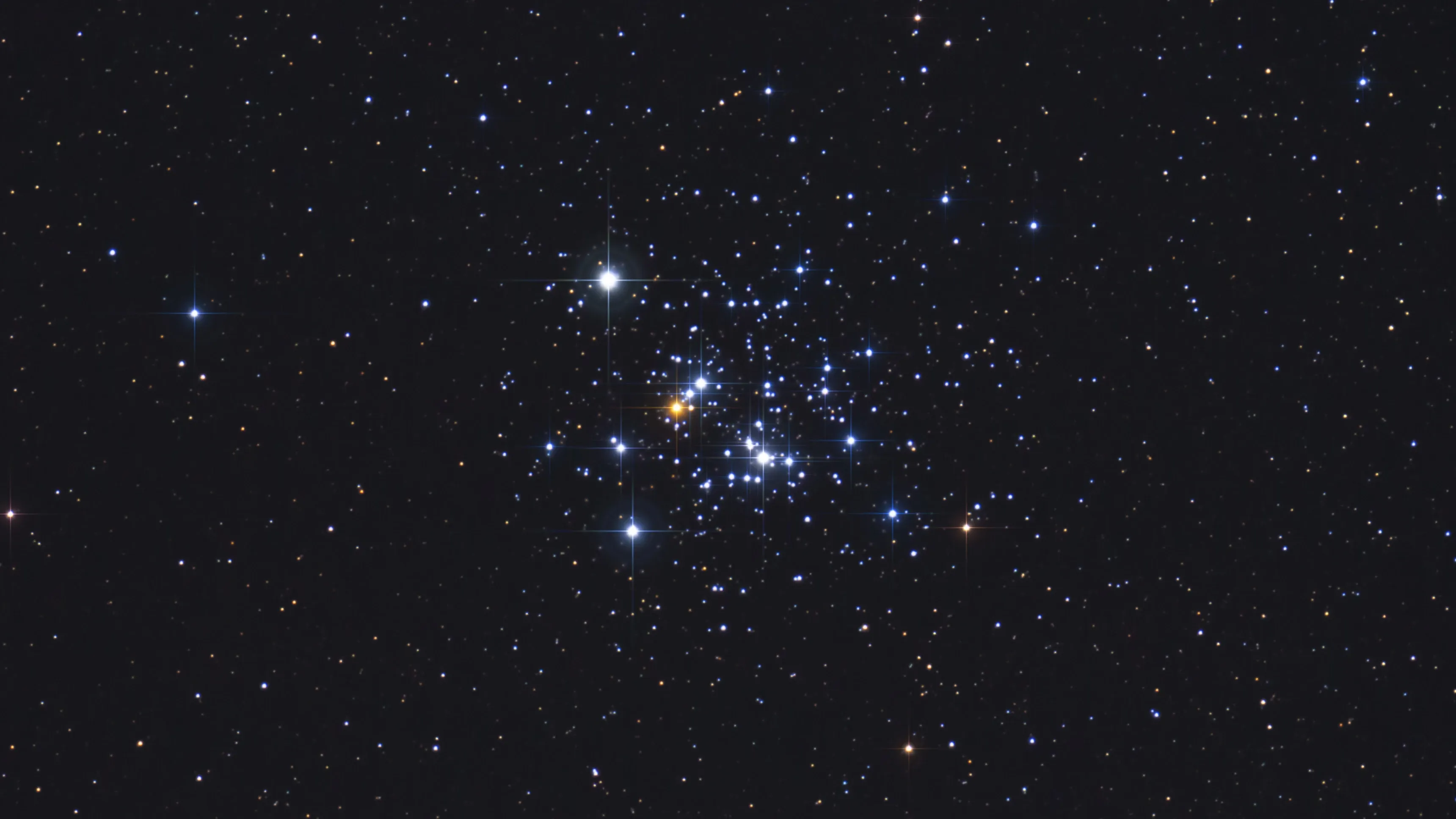
The Jewel Box gets its name from the colours of the stars and was described by John Herschel as “…a superb piece of fancy jewellery.” Its most famous feature is a line of 3 colourful stars that can easily be seen through a backyard telescope. The 3 stars glow red, orange and green and have been coined ‘The Traffic Lights’ on account of these colours.
Only but a few of many
This is by no means an exhaustive list and there are literally countless objects to discover nestled in the southern skies. A simple pair of binoculars, a stargazing app and some imagination is all you need to explore the rich starfields of the southern hemisphere. Happy star-hunting!
Sign up for the newsletter
By clicking on “Subscribe now” I will subscribe to the Conscious Explorer newsletter with all the information about mindful travel. Information on the success measurement included in the consent, the use of the shipping service provider MailChimp, logging of the registration and your rights of revocation can be found in our privacy policy.

